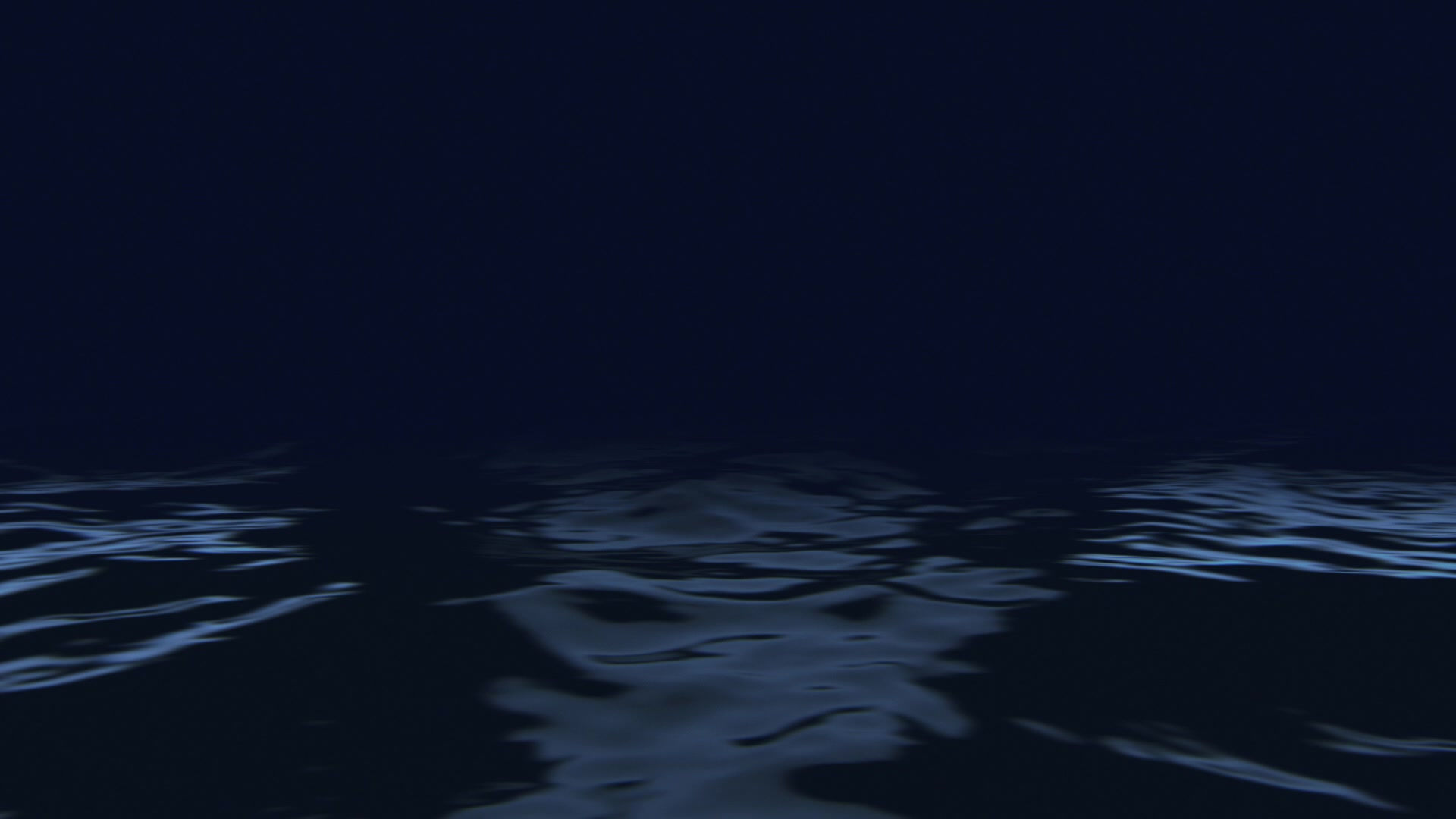Anchoring is a fundamental skill for sailors and boaters, essential for both safety and convenience. Whether you're seeking a serene spot for a night under the stars or securing your vessel during a day trip ashore, knowing where and how to anchor properly is crucial. Below, we dive into the ideal anchoring locations and provides tips to ensure a secure and effective anchorage.
Ideal Anchoring Locations
Sheltered Bays and Coves Sheltered bays and coves are prime anchoring spots. These areas typically offer protection from strong winds and waves, providing a calm environment for anchoring. Look for bays that have natural barriers such as hills, trees, or man-made structures that can shield your boat from the elements.
Designated Anchorages Many popular boating areas have designated anchorages, marked on nautical charts and sometimes signposted. These spots are chosen for their safe anchoring conditions, including adequate depth, good holding ground, and protection from prevailing winds. Examples include mooring fields in marinas or public anchorages in busy waterways.
Behind Reefs and Islands Anchoring behind reefs and islands can offer excellent protection from open water swells and winds. These natural features act as breakwaters, creating a more stable environment. Ensure that you are aware of the tidal patterns and potential hazards such as submerged rocks when anchoring in these locations.
Rivers and Estuaries Rivers and estuaries can provide good anchorage options, particularly if you need to shelter from bad weather. Look for bends in the river where the current is slower, and avoid anchoring in the main channel where boat traffic might be heavy. Be mindful of tidal changes and river currents that can affect your anchor's holding.
Marinas and Harbors When seeking the utmost convenience and safety, marinas and harbors offer designated mooring buoys and slips. These facilities often provide amenities such as fuel, water, and shore power. While this option might come at a cost, it ensures a secure anchorage and easy access to services.
Tips for Effective Anchoring
Choose the Right Anchor Selecting the appropriate anchor for your boat and the seabed conditions is critical. Common anchor types include plow, fluke, and mushroom anchors, each suited for different seabed compositions. A plow anchor, for example, is versatile and works well in various conditions, while a fluke anchor is excellent for sandy or muddy bottoms.
Check the Seabed Before anchoring, assess the seabed to ensure good holding ground. Sand, mud, and gravel provide excellent holding, while rocky or weedy bottoms can be challenging. Use a depth sounder or a chart to understand the seabed composition.
Scope Out Adequate Scope The scope is the ratio of the length of anchor line let out to the depth of the water. A good rule of thumb is a 7:1 scope ratio, meaning for every foot of water depth, you let out seven feet of anchor line. This ratio helps ensure that the anchor digs in and holds securely.
Set the Anchor Properly After lowering the anchor and letting out the necessary scope, gently reverse the boat to set the anchor. Feel for the anchor to catch and hold. Once set, apply reverse thrust to ensure the anchor is firmly embedded in the seabed.
Monitor Your Position After anchoring, periodically check your position to ensure the anchor is holding and you are not drifting. Use landmarks, GPS, or an anchor alarm to monitor your location. Be particularly vigilant during tidal changes or strong winds.
Be Aware of Surroundings Ensure you have adequate swing room to avoid collisions with other boats, structures, or natural obstacles as the wind and tide change. Consider deploying fenders for additional protection in crowded anchorages.
Safety Considerations Always have a backup plan in case the anchorage becomes untenable. Be prepared to re-anchor or move to a safer location if conditions change. Keep your anchor chain and line in good condition, and regularly inspect for wear and tear.
Types of Anchors
Plow Anchor
Fluke Anchor (Danforth)
Claw Anchor (Bruce)
Mushroom Anchor
Grapnel Anchor
Delta Anchor
CQR (Secure) Anchor
Kedge Anchor
Navy Anchor
Box Anchor
Mantus Anchor
Rocna Anchor
Fortress Anchor
Anchoring is a vital skill for any boater or sailor, requiring knowledge of ideal locations and proper techniques to ensure safety and security. By choosing sheltered bays, designated anchorages, and protected spots behind natural barriers, and by following essential tips like selecting the right anchor, setting it correctly, and monitoring your position, you can enjoy peaceful and safe anchorage.


Comentarios